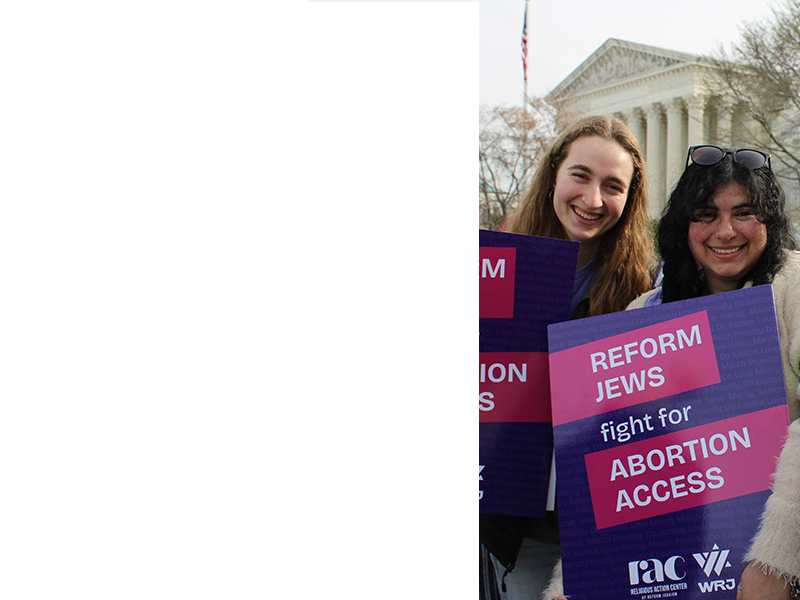
Reproductive Health, Rights, and Justice: Glossary of Terms
- Crisis Pregnancy Center: Commonly referred to as CPCs, crisis pregnancy centers are fake health clinics who exist to persuade individuals from having an abortion. CPCs are mostly staffed by volunteers (not medical professionals) and have a reputation of providing inaccurate information about healthcare. There are over 4,000 CPCs in the United States, many of which are run by religious groups.
- Domestic Gag Rule: The Title X Family Planning Program is the United States’ only program dedicated to providing affordable birth control and reproductive health care on a national scale. Title X provides approximately four million people across the United States with access to affordable family planning health services.
- Organizations such as Planned Parenthood, used to be able to receive Title X funding so long as the money was used for non-abortion services (ex: cancer screenings, pregnancy care, preventative services). However, in June 2018, the Department of Health and Human Services (HHS) issued a proposed rule, referred to as the “domestic gag rule,” that would bar any organization from receiving Title X federal grant money if they even mention abortion as an option, perform abortions using their own private money, or refer patients to other physicians performing these services. In August 2019, as a result of the rule being finalized, Planned Parenthood announced it was pulling out of the Title X grant program rather than halting abortion services and referrals.
- Organizations such as Planned Parenthood, used to be able to receive Title X funding so long as the money was used for non-abortion services (ex: cancer screenings, pregnancy care, preventative services). However, in June 2018, the Department of Health and Human Services (HHS) issued a proposed rule, referred to as the “domestic gag rule,” that would bar any organization from receiving Title X federal grant money if they even mention abortion as an option, perform abortions using their own private money, or refer patients to other physicians performing these services. In August 2019, as a result of the rule being finalized, Planned Parenthood announced it was pulling out of the Title X grant program rather than halting abortion services and referrals.
- Hyde Amendment: Three years after Roe v. Wade, Congress passed the Hyde Amendment, which bars the use of federal insurance for abortions unless in the instance of rape, incest, or if the pregnant individual’s life is in danger. This provision disproportionately impacts low-income women, students, and women of color who depend on federal health insurance plans such as Medicaid, Indian Health Services, and TRICARE.
- Reproductive Health: Primarily focuses on reproductive health care services or service delivery (i.e. abortion and birth control) for patients and clients with a focus on improving and expanding research and medical services.1
- Reproductive Rights: Analyzes the core issue as the lack of legal protection, laws, or enforcement of laws that protect the legal right to reproductive health care services (i.e. abortion and birth control).1
- Reproductive Justice: Both a framework, a movement, and a vision. More than two decades ago, a group of visionary Black women coined the term and created the organizing framework to build a movement that takes into account how oppression, social, political, and economic inequalities impact access to reproductive health care and rights. Core components of reproductive justice include equal access to safe abortion, affordable contraceptives, and comprehensive sex education, maternal and infant health, as well as freedom from sexual violence.
- Targeted regulation of abortion providers (TRAP) laws: Medically onerous regulations on abortion providers and clinics. Examples of TRAP laws include mandating abortion providers have admitting privileges at a nearby hospital or that abortion facilities meet the same medical standards for ambulatory surgical centers.
- Undue burden: the standard of judicial scrutiny applied to restrictions on abortion. To establish that a regulation of abortion constitutes an “undue burden,” and is therefore unconstitutional, plaintiffs must establish that the regulation places a substantial obstacle in the path of an individual seeking an abortion.
For a printable version of this page, click here.
1 To learn more about the differences between the reproductive health, rights, and justice frameworks, and how each of these frameworks work together, you might consider reading Reproductive Justice: An Introduction by Loretta J. Ross and Rickie Solinger.

